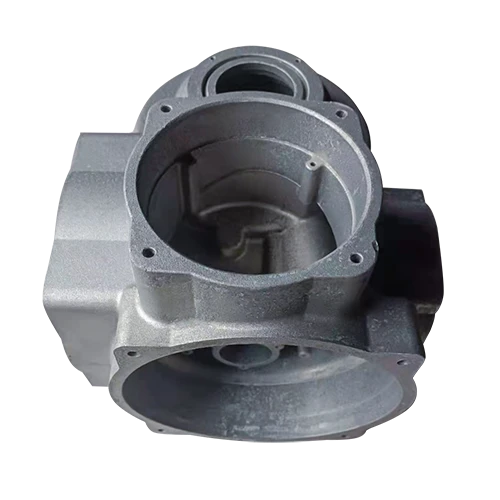Mobile:+86-311-808-126-83
Email:info@ydcastings.com
sand preparation in foundry
Sand Preparation in Foundry The Heart of Quality Casting
In the foundry industry, the preparation of sand is a critical step that directly impacts the quality of the castings produced. The sand used in metal casting serves as a mold material, providing the necessary shape and support for the molten metal. Therefore, meticulous attention to sand preparation is essential for achieving desired mechanical properties and dimensional accuracy in the final product.
The sand preparation process typically involves several key stages selection, mixing, conditioning, and reclamation. Each of these stages plays a vital role in ensuring that the sand is suitable for casting operations.
Selection of Sand
The first step in sand preparation is the selection of the appropriate type of sand. The most commonly used sand in foundries is silica sand, thanks to its favorable thermal properties and availability. However, other types of sands, such as olivine, zircon, and chromite, are also utilized depending on the specific requirements of the casting process and the metal being poured. For example, silica sand has a high melting point, making it suitable for ferrous and non-ferrous alloys, while chromite sand is often preferred for casting high-alloy steels due to its excellent thermal stability.
Mixing and Conditioning
After selecting the sand, the next step is mixing it with binders and additives to enhance its properties. Common binders include clay and resin, which help to bind the sand grains together and provide the necessary strength to the mold. The proportion of sand, binder, and water must be carefully controlled to achieve the desired consistency and workability.
sand preparation in foundry

Conditioning is another crucial aspect of sand preparation. This involves adding specific additives that improve the sand's performance, such as reducing moisture content or enhancing its flowability. Conditioned sand exhibits better moldability, which allows for a smoother surface finish and reduces the occurrence of defects in the final casting.
Reclamation of Sand
One of the most significant advancements in foundry sand preparation is the reclamation process. Sand reclamation involves the collection and processing of used sand from previous casting operations, allowing it to be reused for new molds. This not only reduces waste and the consumption of new materials but also lowers production costs.
The reclamation process typically includes mechanical, thermal, or chemical methods to remove binders and impurities from the used sand. Advanced technologies such as thermal reclamation ovens and mechanical shake-out systems have made it possible to efficiently recycle sand to a state close to its original quality. This sustainable approach has gained traction in the foundry industry as environmental regulations become increasingly stringent and the demand for cost-effective production methods rises.
Conclusion
In summary, sand preparation is a fundamental component of the foundry process that significantly influences the quality of castings. From selecting the right type of sand to conditioning and reclaiming it, each stage in sand preparation plays a vital role in ensuring that the molds produced can withstand the rigors of metal casting. As technology advances and sustainability becomes a priority, the methods and practices in sand preparation will continue to evolve, paving the way for improved efficiency and quality in the foundry industry. Embracing these innovations not only enhances production capabilities but also contributes to a greener and more sustainable future for manufacturing.
-
Impeller Technology That Powers Precision in Pump SystemsNewsMay.22,2025
-
Valve Durability Begins with Quality Cast Iron ComponentsNewsMay.22,2025
-
Performance Cooling with Advanced Automobile Water Pump SolutionsNewsMay.22,2025
-
How Motor Housing and Oil Pans Shape Engine PerformanceNewsMay.22,2025
-
How Metal Castings Drive Modern Manufacturing EfficiencyNewsMay.22,2025
-
Exploring the Engineering Behind Valve Body CastingsNewsMay.22,2025











